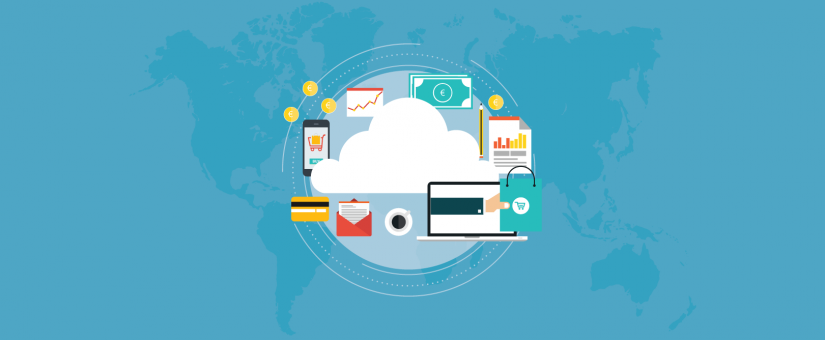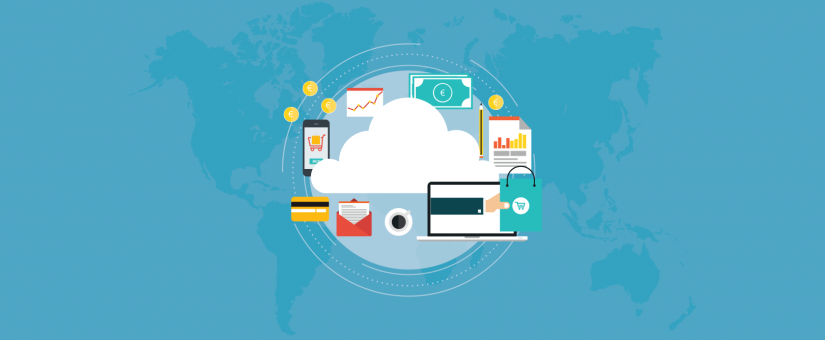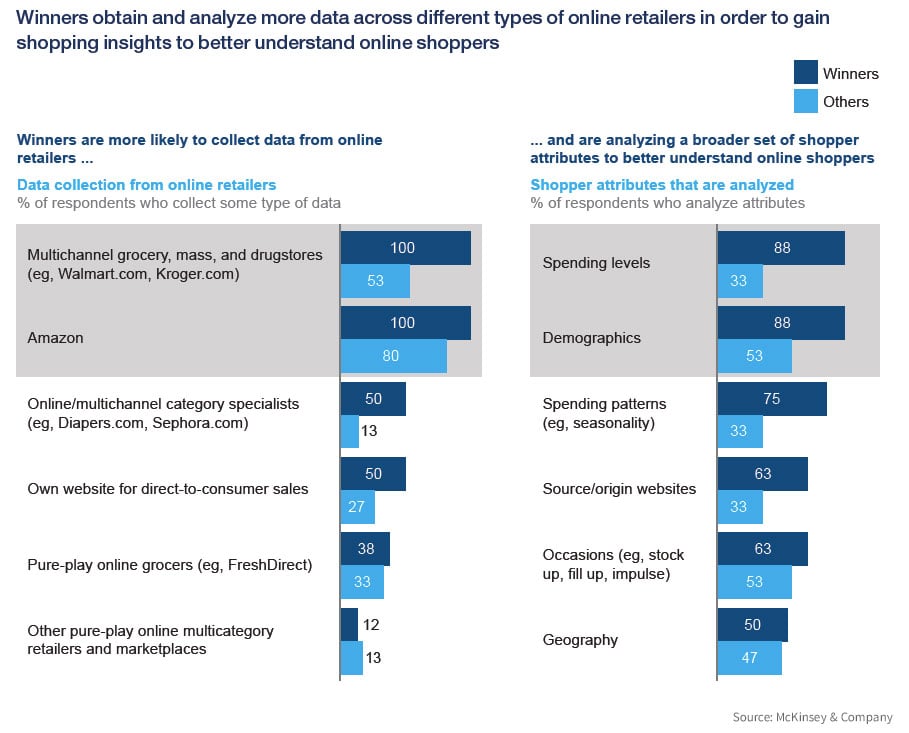

While most product categories have seen skyrocketing eCommerce sales in recent years, consumer packaged goods (CPG) have been on a more subtle growth path. However, with all of the innovation happening around CPG, we at Syndy believe that there is a lot of untapped market potential still out there. Here are 5 ways in which CPG companies can drive eCommerce growth in 2017.
1. Go direct to consumers
We’ve all heard about Mondelez’s OREO Colorfilled campaign that allowed consumers to customise their OREO packagings online and get it delivered to their homes, or Unilever’s acquisition of a razor subscription service called Dollar Shave Club for $1 billion. These are only a couple of better-known examples of recent direct-to-consumer (D2C) initiatives. It’s obvious that, whether through the development of own offerings or new acquisitions, CPG companies are looking for ways to go directly to consumers, and there are a couple of good reasons why.
Consumers want it
First, it’s all about the consumers. They are getting more and more demanding, and this is not going to change anytime soon. When it comes to purchasing products, consumers expect convenience, personalization, accessibility and next-level digital experiences. On top of that, they expect brands to be talking directly to them in their preferred tone of voice. And since a number of vertical commerce CPG brands like Hello, Harry’s, Glossier and others are doing this extremely well, there is an ever-growing pressure on the large CPG multinationals to counter-act it.
CPG profits are under pressure
The current dynamics in the physical retail business are not in CPG companies’ favour. Consumers increasingly prefer convenience stores in their neighbourhood to big stores outside the city, making shelf space scarce and expensive. Moreover, retailers are introducing more private-label brands and discounters are pushing the overall price levels down. This puts brand profits under constant pressure. So, cutting out the middleman (retailers) and going directly to consumers is a logical option for CPGs in order to keep their profit margins healthy.
2. Focus on marketplaces
Online marketplaces such as Amazon, eBay, Flipkart, and Alibaba are going to be one of the key channels driving CPG growth in 2017. In their most recent financial statement, Amazon reported to have increased their Q3 revenue by 26.7% compared to the same time last year. What’s more important is that for the first time in history, 50% of all units were sold by independent vendors on Amazon’s marketplace. It comes as no surprise that traditional retailers like Tesco, Harvey Nichols, Walmart and Target also want to expand their long tail product range and become marketplaces.
Consumers prefer online marketplaces because they can seamlessly shop for products sold by different vendors, finding almost everything they need in one place. On top of that, marketplaces usually offer convenient delivery options and high-end customer service, creating customer happiness and loyalty to the marketplace brand.
3. Acquire eCommerce data
CPG companies that want to win in eCommerce have to constantly monitor their product performance, draw new insights and test variations of their product offerings, as well as always keep an eye on what their competition is up to. Accessing this data on a regular basis can be challenging and might require a combination of methods.
Build relationships with retailers
It’s of key importance for CPG companies to gain access to shopper data across key retailer websites. Rich data can help consumer goods companies draw relevant insights about their offerings and thus understand which products and programmes truly drive incremental sales. Since this data lies with retailers, CPG companies need to focus on building relationships with them. One way to do this is to increasingly invest in online eCommerce specialists that work closely with online retailers or are even based in the same location.
Coordinate actions
According to McKinsey, CPG eCommerce winners applied 2.4 times more resources to working with online retailers in 2016 than those who did not do that well. By coordinating actions with retailers, CPG companies can be more effective in running product promotions online and tailoring offerings to different consumer segments. For example, CPG brands and retailers can work together to run push notifications to consumers while they are browsing on the retailer’s website (based on their basket contents and shopping history) to drive sales of related brand products.
Partner up with tech companies
But there is more. Partnering up with tech companies that leverage modern web technologies is another way to access a significant chunk of data about your products across retailer websites. Business intelligence on product findability, product content quality, out of stock products, competitive pricing and best-selling products is as valuable as gold for companies that are ready to act on it. For example, companies that have a minimum advertised pricing (MAP) policy for their products find it extremely time-consuming to monitor whether each of their retailers is compliant. Tools like Profitero can automate this process and save CPG companies a ton of time and money.
Don’t let your D2C data go to waste
Last but not least, companies that are developing their own eCommerce websites should leverage the data at their fingertips to drive personalization and customisation of their offerings, as well as focus on testing new products to find new growth opportunities.
4. Perfect your eCommerce marketing
Same as in traditional retail, eCommerce requires a tremendous amount of effort to help consumers find your products and help them make the purchasing decision.
Make your products look perfect
Since the majority of CPG sales are still coming via retailers, pushing the boundaries of “perfect product pages” across retailer websites should be one of the top CPG priorities for increased sales uplift. Modern consumers expect nothing less but to be “wowed” and this requires rich product content. You can take care of your product pages by providing retailers with high-quality product images and product videos, product comparisons and consumer reviews, as well as unique and SEO ready textual content. (Tech companies like Syndy can make this process extremely quick and efficient).
Negotiate with retailers for better positioning
To win in eCommerce it is also important to negotiate with retailers in order to get prime digital space on their website, especially the homepage. Whether it’s being included in recommendations to consumers for the next-best purchase, in favourites lists or bundled deals, CPGs should tirelessly work to get their products pushed to consumers.
Leverage social media
CPG companies should not forget about creating a buzz around products and driving discoverability. Social media presence is key here. People have always looked to their networks for trusted recommendations and it’s still true for the digital age. Companies should be capitalising on accessible platforms like YouTube. Just remember how the Dollar Shave Club led a masterclass in social media with their hilarious video introducing their brand: “our blades are f**king great.” And with tech solutions like Channelsight you can drive consumers from social media directly to the online point of sale.
5. Tap into Programmatic Commerce
There are going to be 26 billion connected devices in the world by 2020. The upcoming wave from the Internet of Things (IoT), or connected home devices that can collect and transmit consumer data, is already firing up fierce discussions among retail experts.
Consumers say they will start with CPG
Research conducted by Salmon found that 57% of consumers will be ready for automated purchasing within the next two years. This suggests that consumers that have adopted E-Commerce because of its benefits, including time-saving, convenience and enjoyment, are willing to go one step further and fully automate their shopping routines. According to Salmon, CPG product categories such as household supplies (54%), food and drink (54%) and beauty, healthcare and personal hygiene products (34%) will be the first to get into their programmatic eCommerce loops.
“While we expected consumers to already appreciate the benefits of digital, we have been pleasantly surprised by how ready they are for automated shopping.”
Neil Stewart, CEO of Salmon
Companies that are already doing it
Even though it’s still far from becoming a mass phenomenon, CPG companies should not get too comfortable. We’ve already seen examples of companies that have successfully introduced connected home devices to drive their product sales. For example, Amazon has rolled out its Amazon Dash, a portable button connected to your Amazon account, that allows consumers to order CPG products such as detergent or cleaning products with a single click of a button. Or Nestlé, that recently introduced a Nespresso coffee machine, Prodigio, that connects to an app on a consumer’s phone. Prodigio keeps count of how many capsules have been used, alerts the consumer when they are running low and offers a one-touch re-order button.
Syndy is a product marketing tool for brands to distribute, optimize and manage product content across retailer websites, helping to grow online sales and drive efficiencies.
To stay up-to-date on the latest eCommerce news, you might also be interested in signing up to Profitero’s weekly Digital Shelf Digest.



























